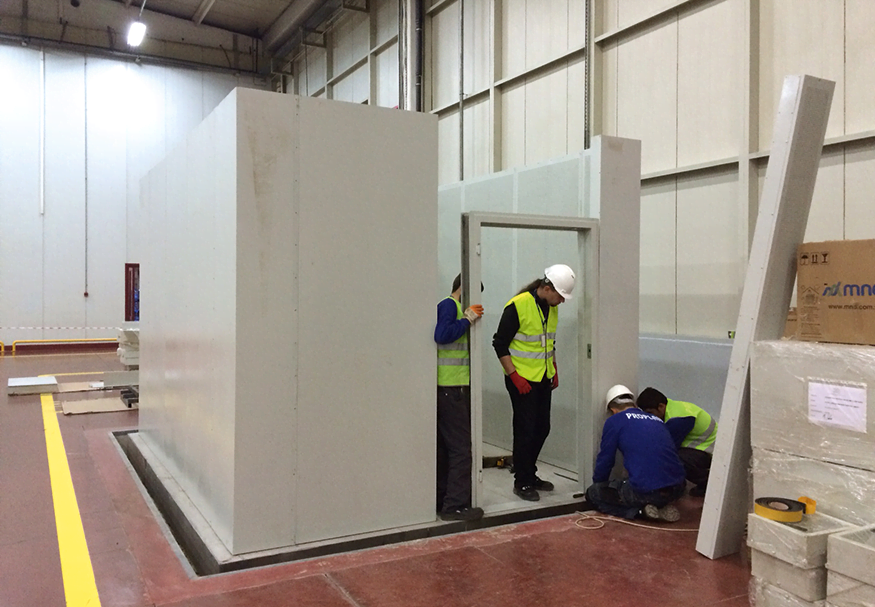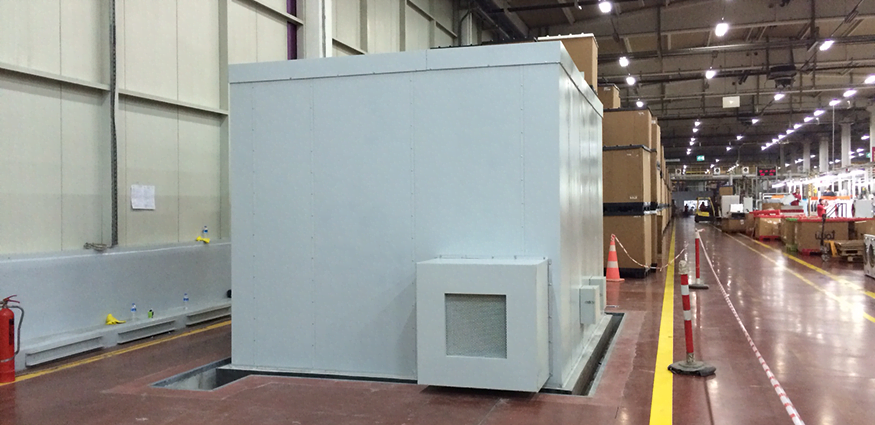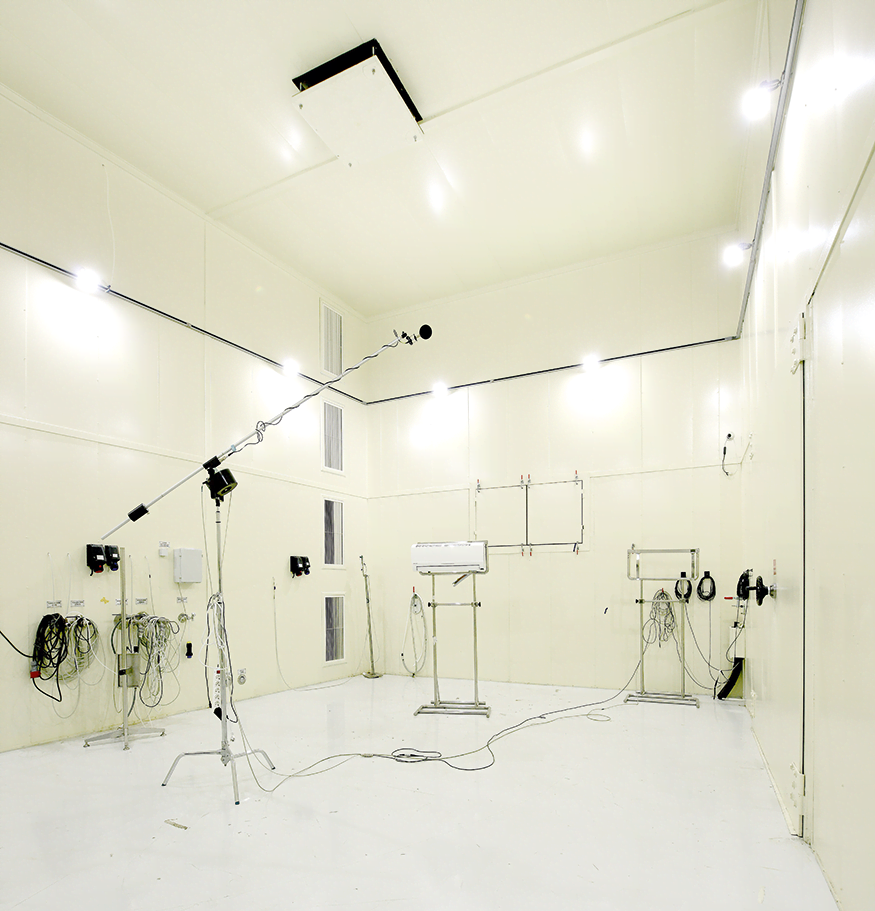For the past 20 years, Pro-Plan Ltd. has provided architectural and engineering services to support sound and vibration testing, including tailor-made, turnkey acoustic test rooms and cabins, on-site training and in-house testing.
Testing the RoomEnsuring that the test environment is correct is the first step to confirming the accuracy of the test data. For sound power and material testing, qualification procedures are given in accordance with relevant test codes. Tübitak UME (the Turkish National Metrology Institute) is generally contracted to verify the rooms.
For non-standard applications, the qualification specifications are agreed upon beforehand and Pro-Plan equipment is used to perform the tests.
Vist Website: Pro-Plan Ltd.

For product manufacturers, benefits include reduced testing costs and times for testing variants of products and alterations made during research and development, as compared to outsourcing.
For testing houses, benefits would include increasing the range of test capabilities for items that a single company might test infrequently but many companies need, updating for compliance with standards or improving the quality of the test facility.
Testing the Test Room
Ensuring that the test environment is correct is the first step to confirming the accuracy of the test data. For sound power and material testing, qualification procedures are given in accordance with relevant test codes. Tübitak UME (the Turkish National Metrology Institute) is generally contracted to verify the rooms. For non-standard applications, the qualification specifications are agreed upon beforehand and Pro-Plan equipment is used to perform the tests.
Every Project Is Unique
In some cases, a single one-size-fits-all box solution may suffice, but few test items are the same, and even if they are similar, they can have very different test parameters. To properly test, the correct equipment is required, and that includes the environment to test. Pro-Plan has delivered more than 20 test rooms and chambers, and none of them is a duplicate: different test object size requirements, cut-off frequencies, background noise levels, installation areas and clear areas – each project is unique. “Many customers also do not know exactly what they should do and when we guide them through the process and suggest options during design, they are more than happy,” says Alper Akgül.
There are also many alternative options for the equipment that, depending on the testing requirements, the optimum solution in terms of cost and capability can range anywhere from a single sound level meter with customized software to a multi-channel LAN-XI data acquisition system.The differences in the required complexity of the rooms, such as size, installation workspace, construction materials (panel or concrete), single- or double-shell (room within a room) system, auxiliary equipment (heat, ventilation and air conditioning (HVAC) systems, etc.) mean that construction time can take anywhere from 2 to 12 months and the cost is not insignificant. “We emphasize that acoustics are in the details, and you should get the job done right the first time. You cannot gamble with such an investment of money and time,” says Alper Akgül.

Value in The Details
The investment of capital and time is not insignificant, and the entire process, from the initial decisions up to the first test can require additional man-hours dedicated to determining the correct facilities, equipment and accessories. But in return, the convenience and time and money saved on having a complete and finished test room or chamber with the right testing capabilities and the training to use them – be they for expanding the services of a test hour or for in-house testing during product development – can be substantial.
Pro-Plan
Last year Pro-Plan completed a project for the Turkish Standards Institute (TSE). The project resulted in a double-reverberation room (side by side) plus a third room for testing ducted units with twin rooms, each with a volume of 250 m3.
It was a complicated project with a 15 dBA background noise level requirement on a noisy first floor, and the design incorporated many openings in the rooms (air inlet/outlet, water inlet/outlet, test duct and pressure equalization ductwork connections between rooms, cable passages, etc.).
The HVAC system (run from a different computer) also needed an interface, and the relevant temperature/humidity/pressure data had to be input to customized software. And because the customer was a test house, they required standard software interfaces for a variety of equipment types, such as fans, air conditioners, fan coils, washing machines, refrigerators, vacuum cleaners and heaters.

Iscriviti alla nostra Newsletter e ricevi le informazioni più recenti dal mondo del suoni e delle vibrazioni


